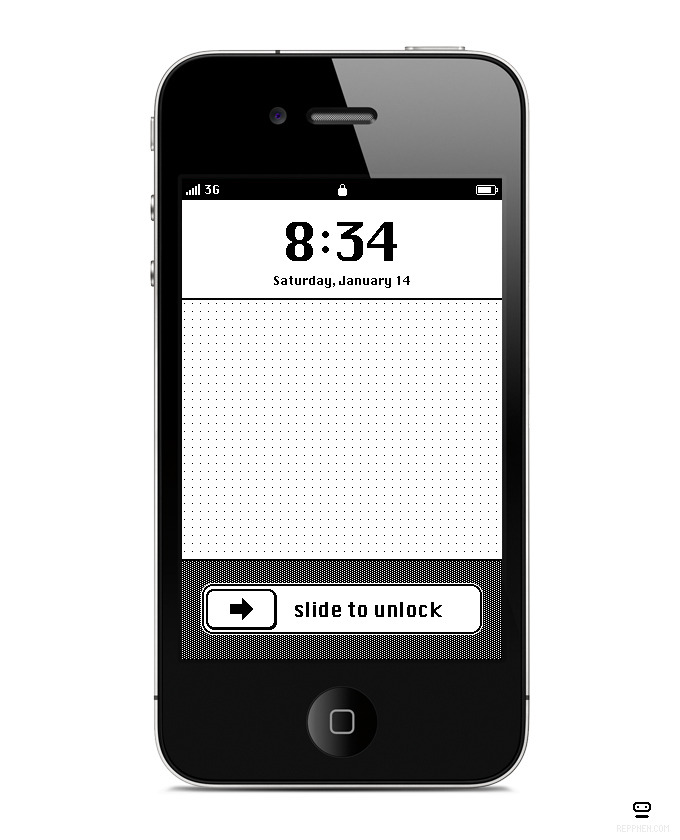I have chosen to write about the design workflow and the section titled The Experts.
1. The Design Workflow
This is my design workflow. At frist glance it looks like not a lot and yes it is simple BUT there is a lot of thought in this workflow system. It took me a while to pin point exactly what process i go though when i work, but i narrowed it down to these 6 simple steps that reach the ultimate goal of final product. I know too that i can be lazy and miss a few of these out and this often tends to be the work i am not proud of. I think at any stage of review or analysis there is the potential for you to start all over again or at least go back to the work stage of my chart and start from square one. Also after a final review you may find that you need to go back to the development stage to develop your original idea in a different way. I find this works for me and i think i could use this model to teach others with potentially too.2. The Experts
My favourite expert is Stefan Sagmeister wo said:
“most current graphic design done by professional
design companies is used to promote or sell, which is fine, but
design can do so much more”
I agree a lot with the quote, i am sometimes disheartened when i find people using their skills purely for commercial means. I feel as though those people are withholding something from the rest of us, it's great to use your skills to try and sell something but i think there are other things just as important as making money which require design.
Sagemeister's typographic work proves this for me;
His collection of 'life quotes' done in this very interesting form show how he is willing to put so much effort into something that yes may have been put into a book or a gallery and he may have made some money off it but in his TED talk he explained how this series was born out of a list of truths he had learnt over the course of his life. It was stuff that made him happy not purely driven to make money. And that is why i like Stefan Sagmeister the best, because he brings real life into his work and he isn't always driven by money rather a pure love for the subject.




.jpg)





